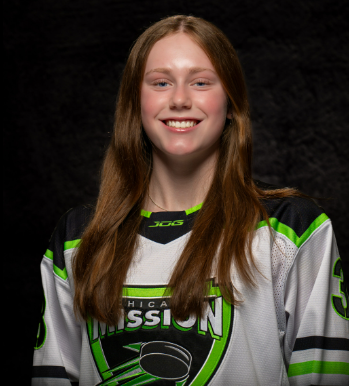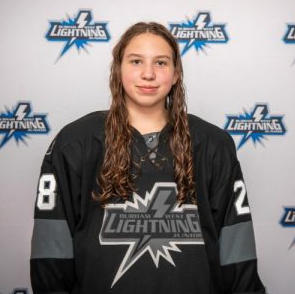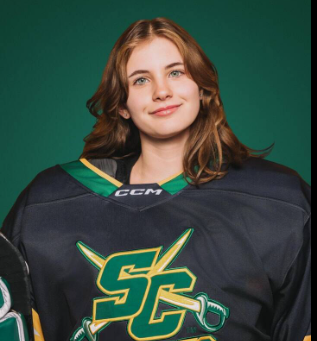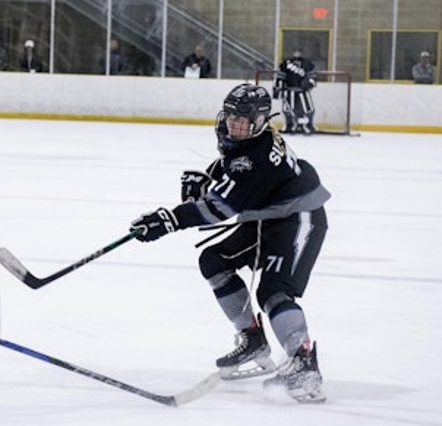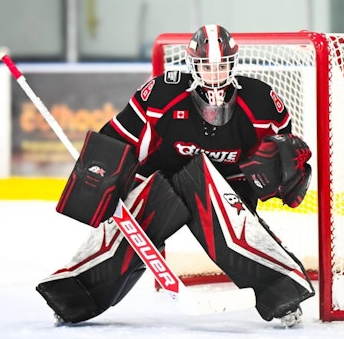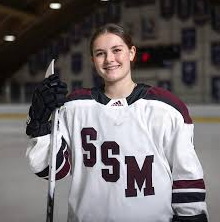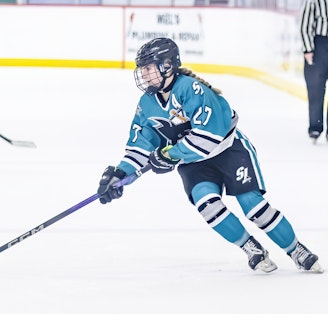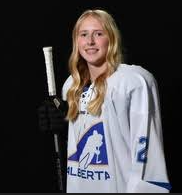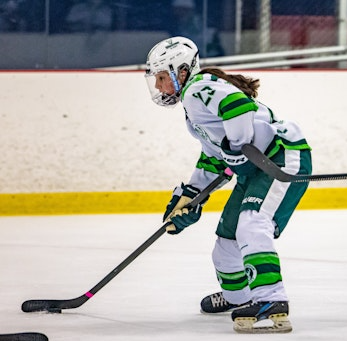June 15, 2024
Today’s Champ of the Day is Carrington Reipas.
Check out Carrington Reipas’ Hockey Player Profile here.
Carrington is a quick, aggressive defenceman known for her physical play and willingness to battle along the boards. She excels at making sharp, efficient breakout passes and contributes offensively when needed, all while staying solid at the blue line. Whether she’s backchecking with intensity or keeping the puck in the zone, Carrington consistently makes smart, impactful plays to support her team at both ends of the ice.
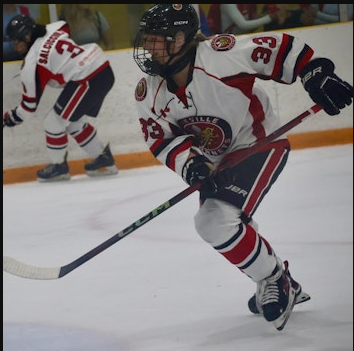
Create your own free, beautiful hockey player profile here.
Want to be a Champ of the Day? Submit your Champs App profile!
